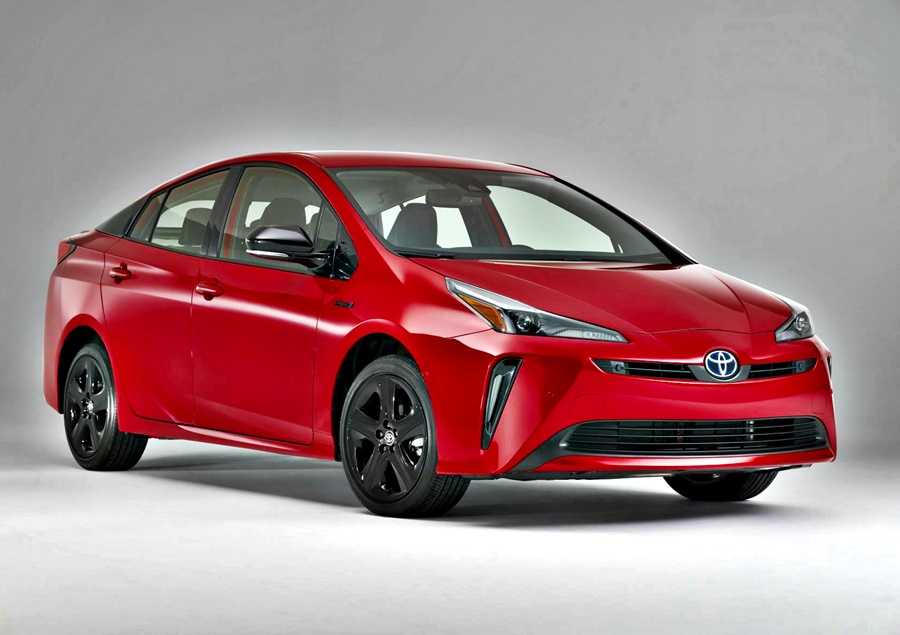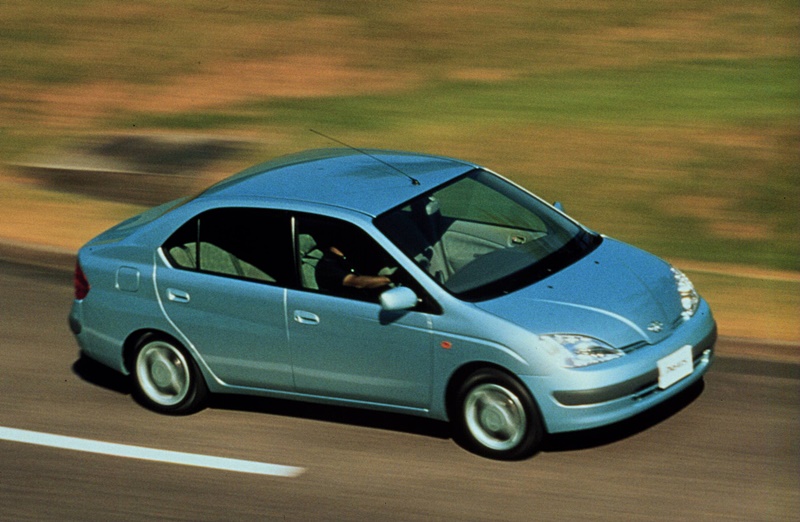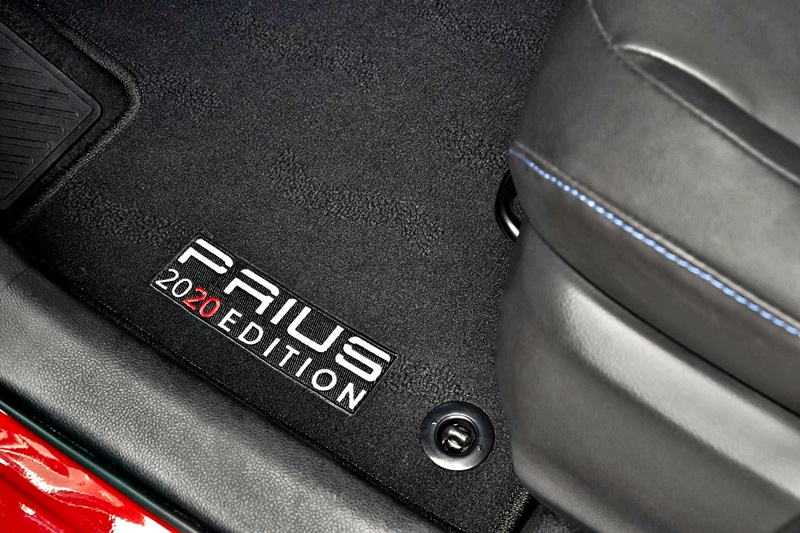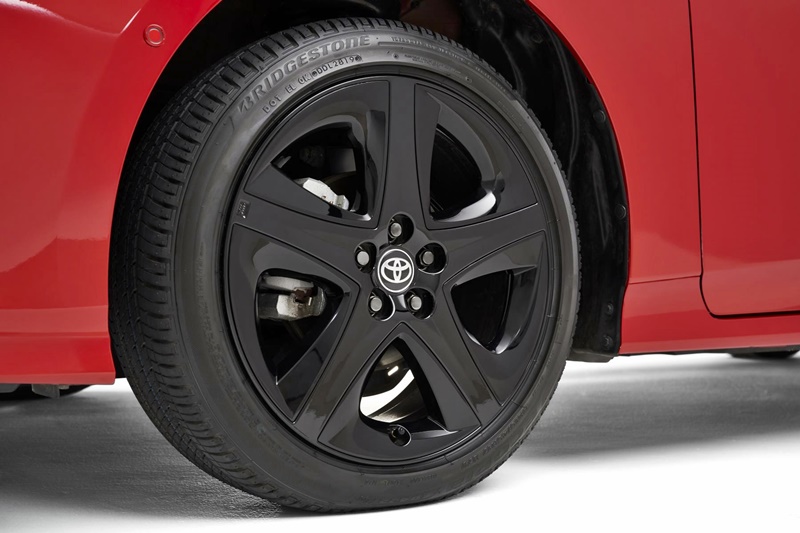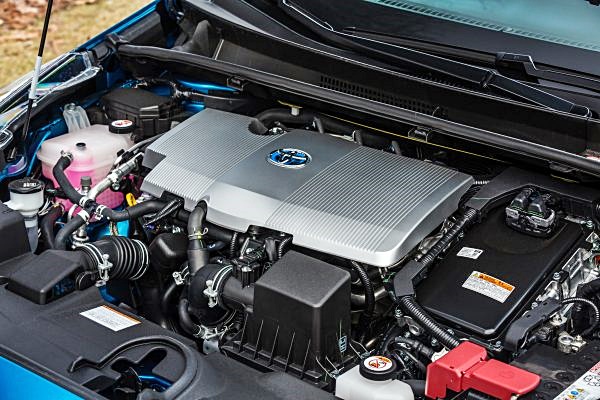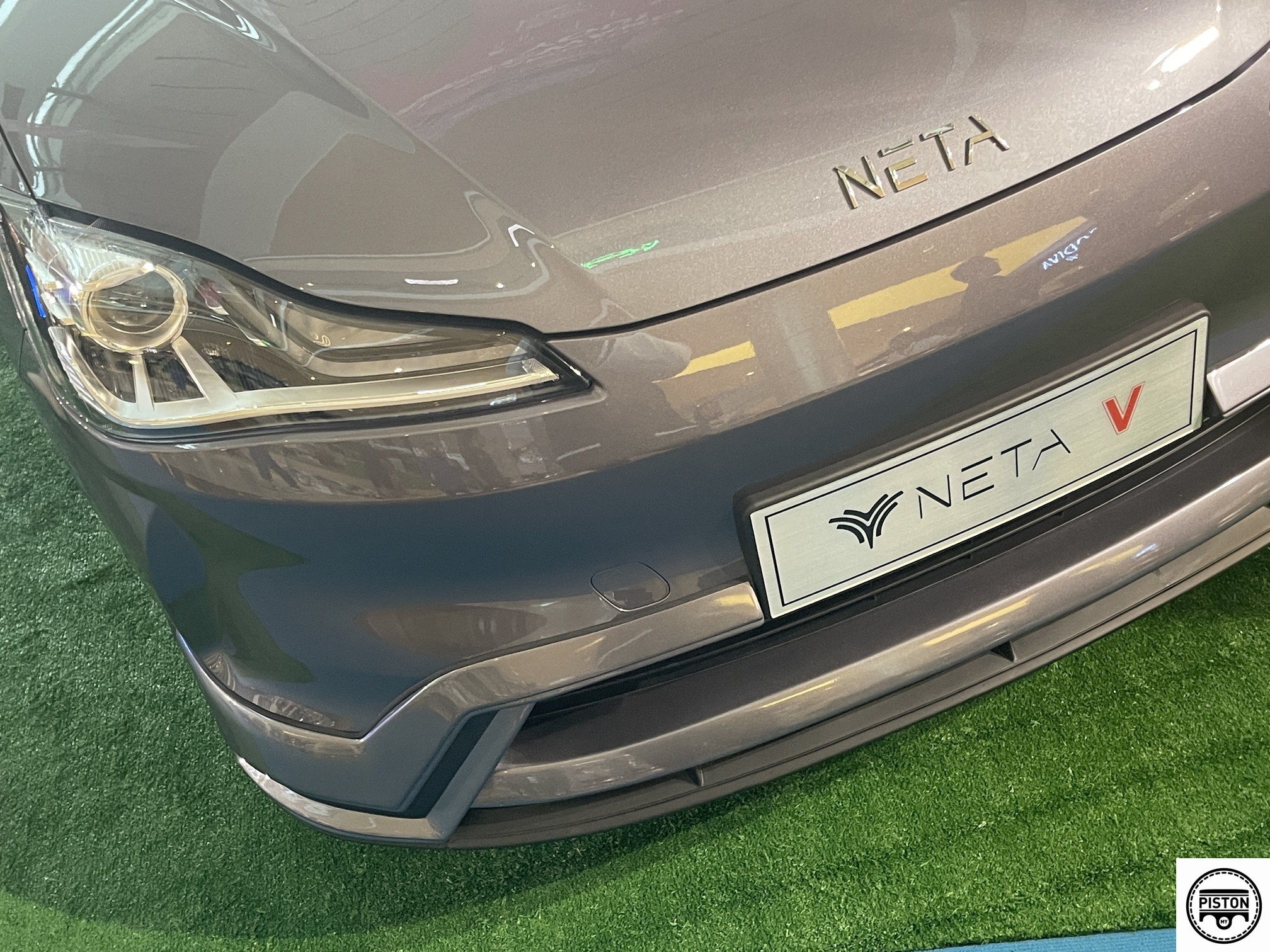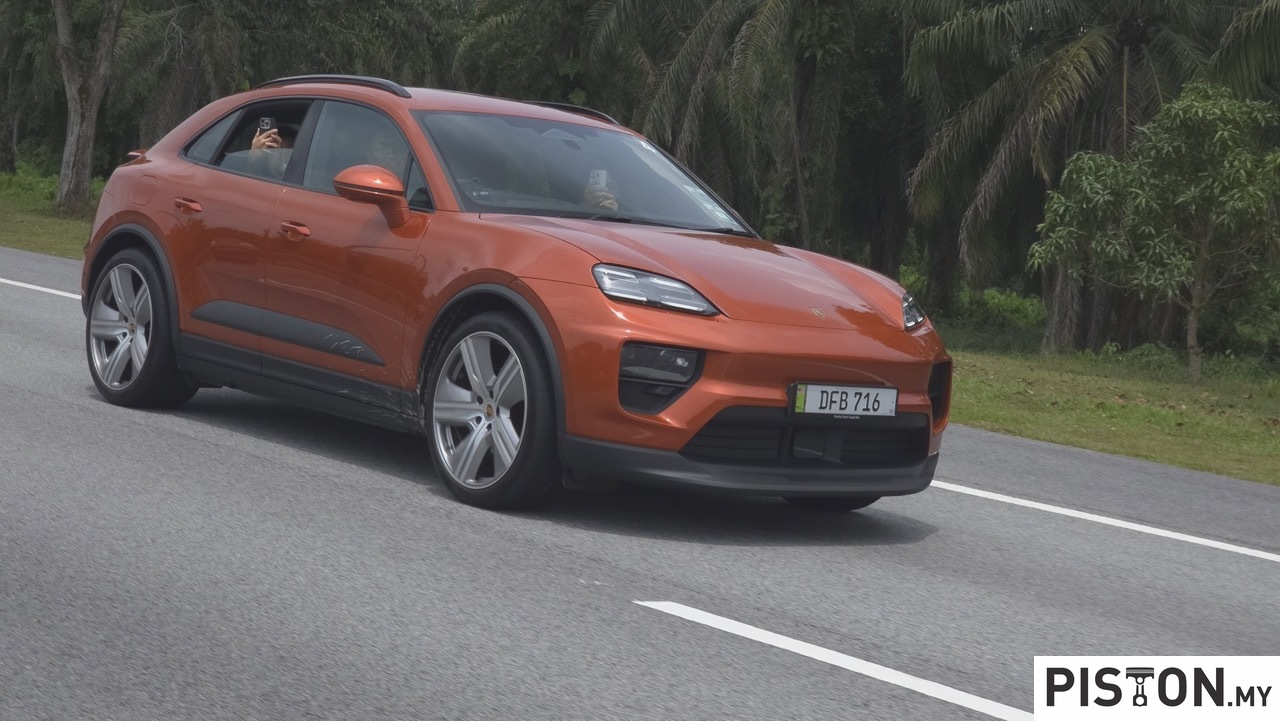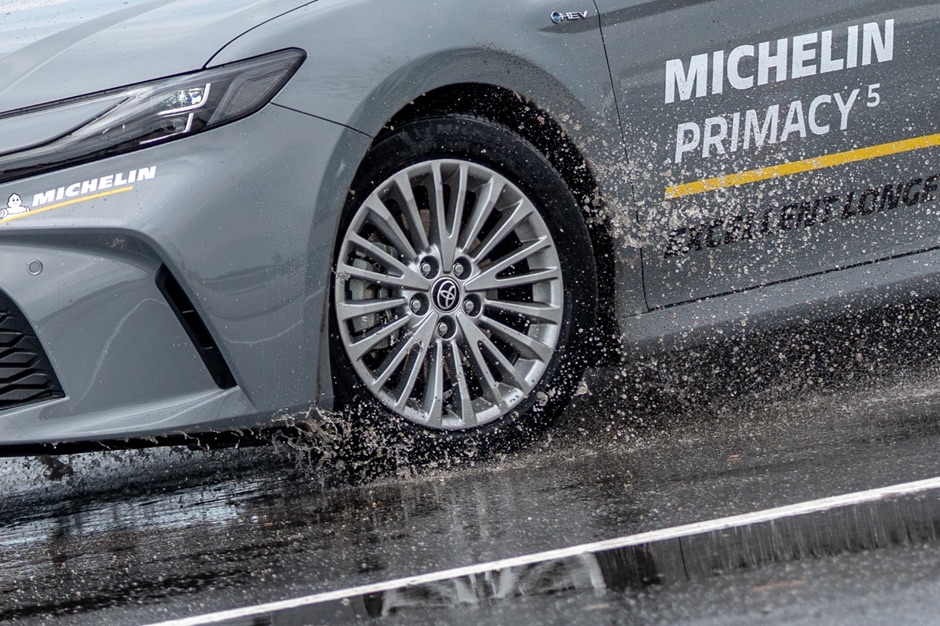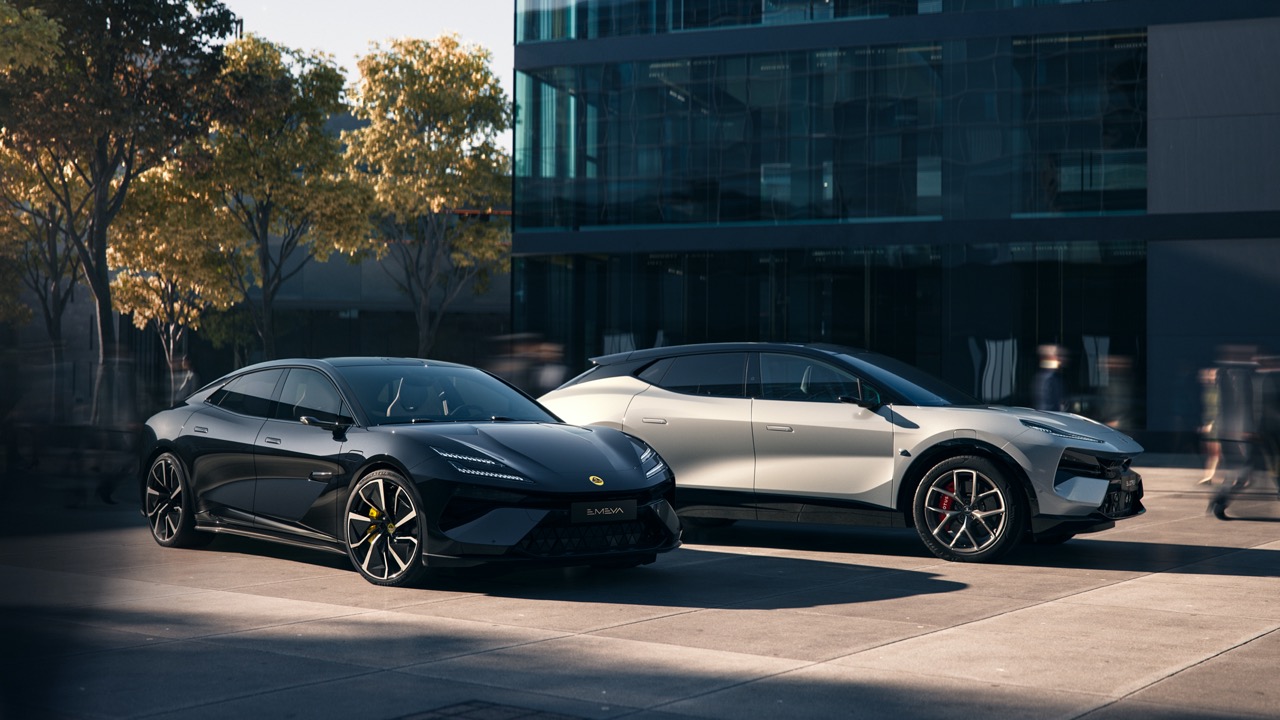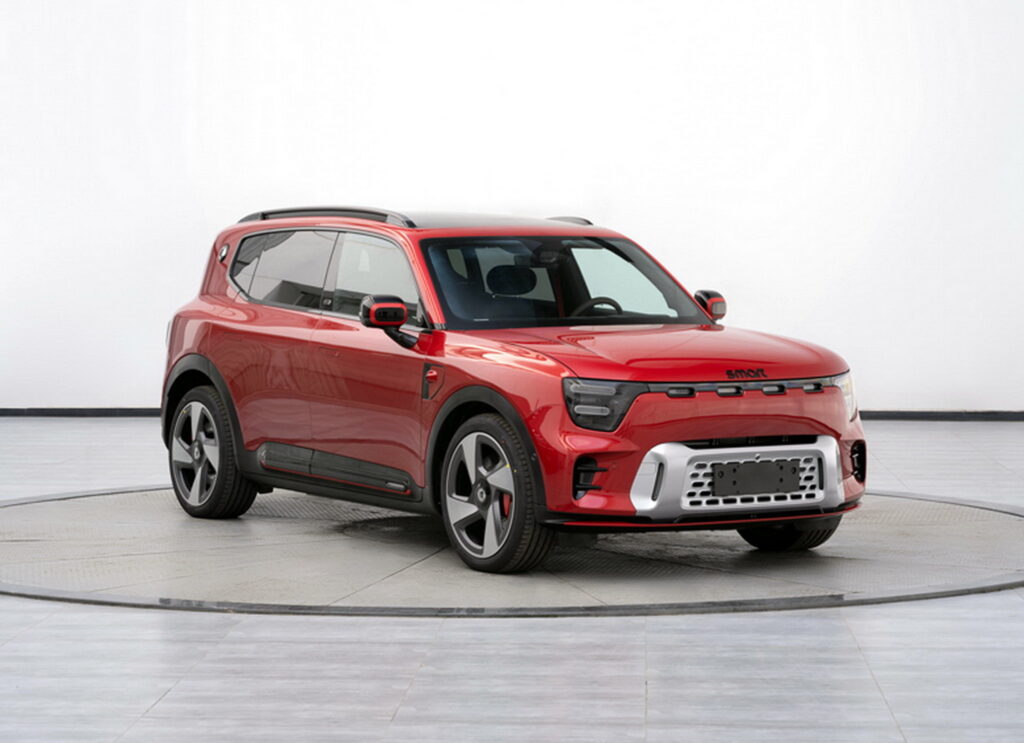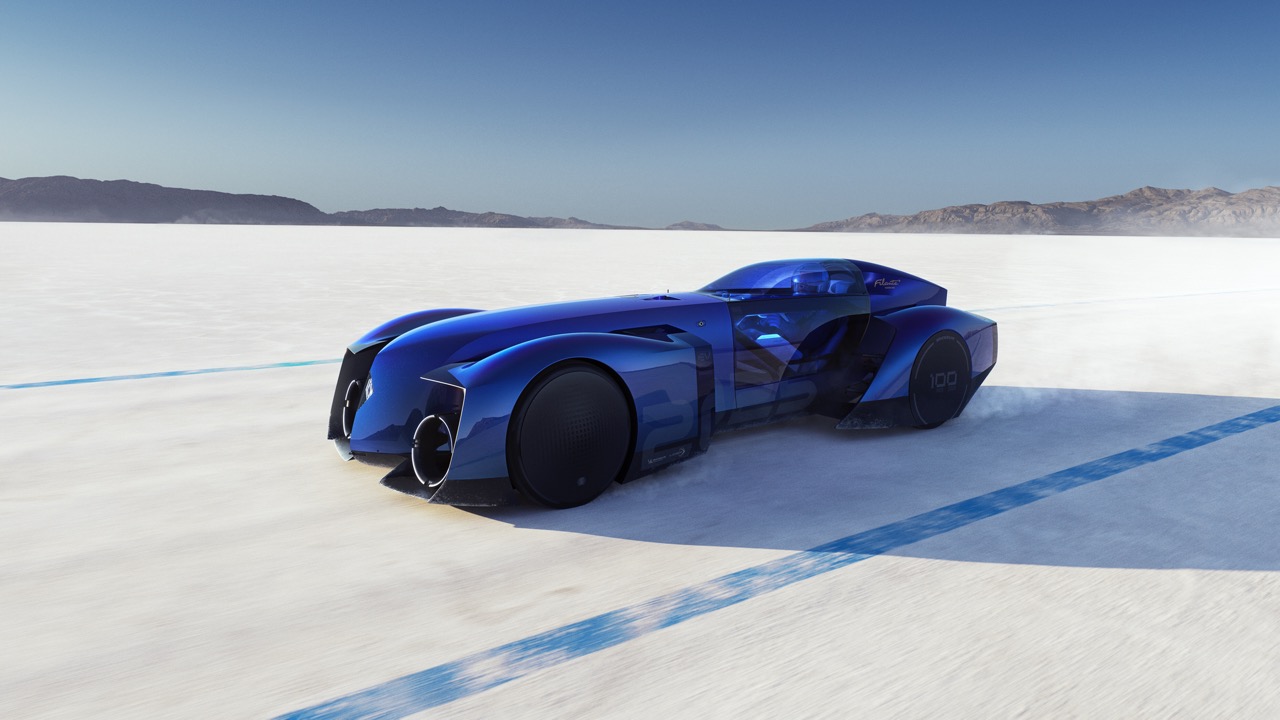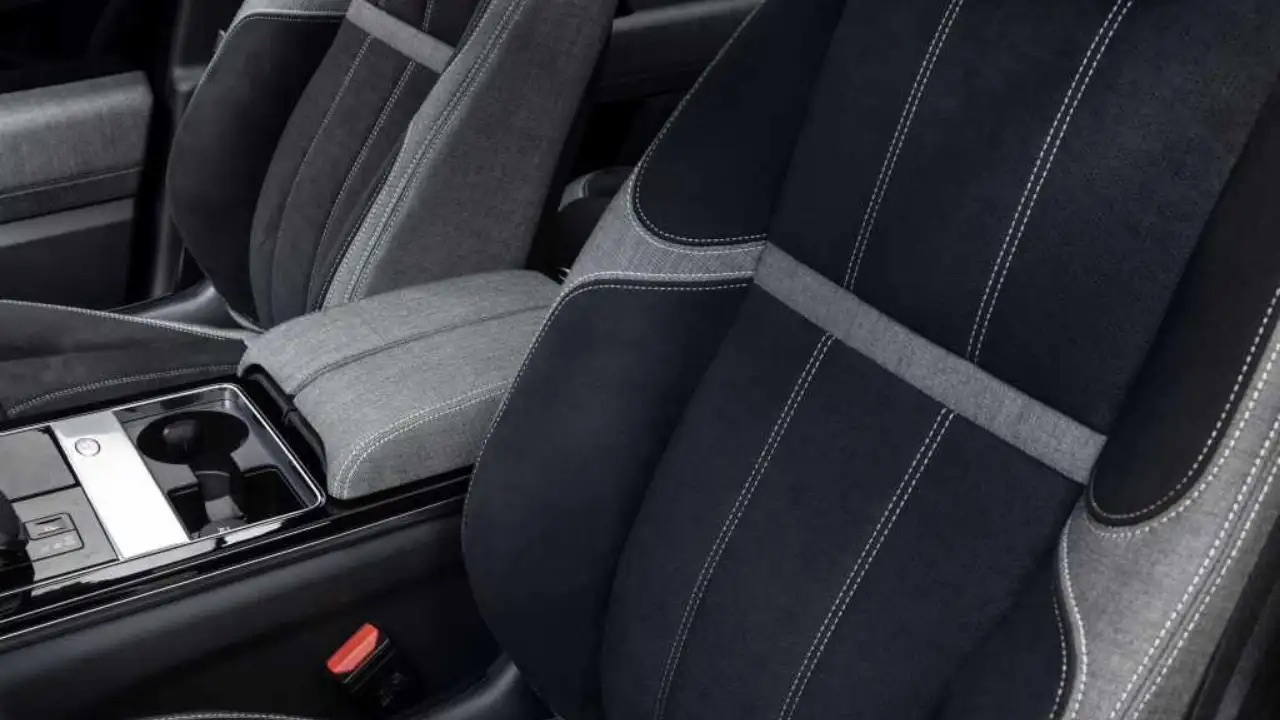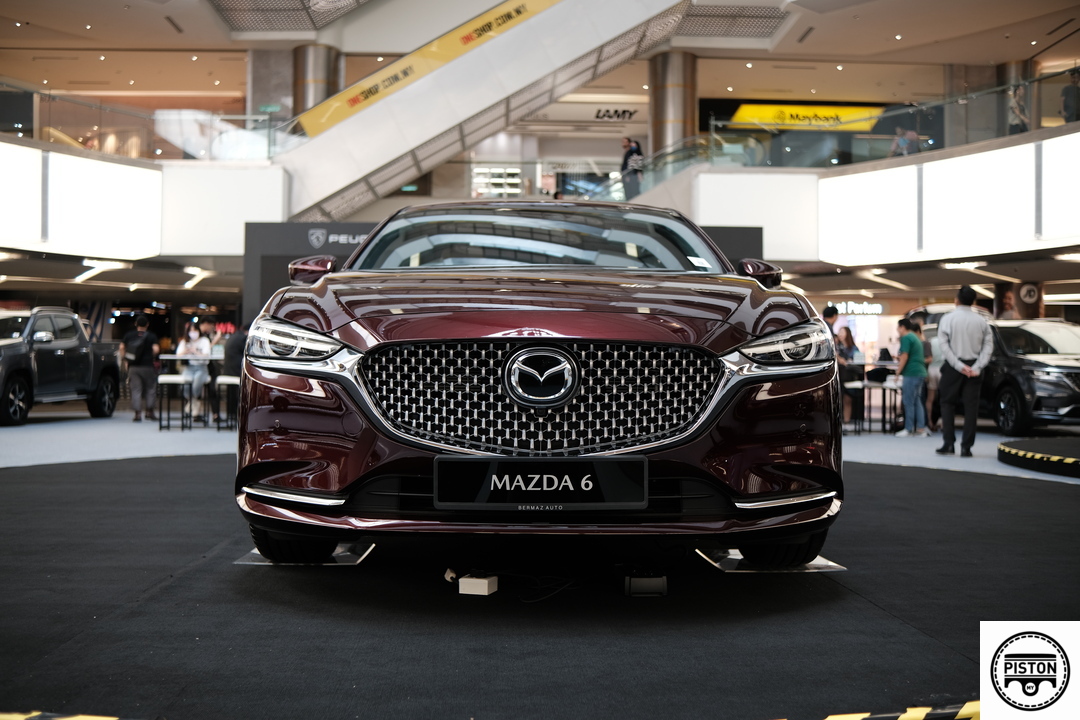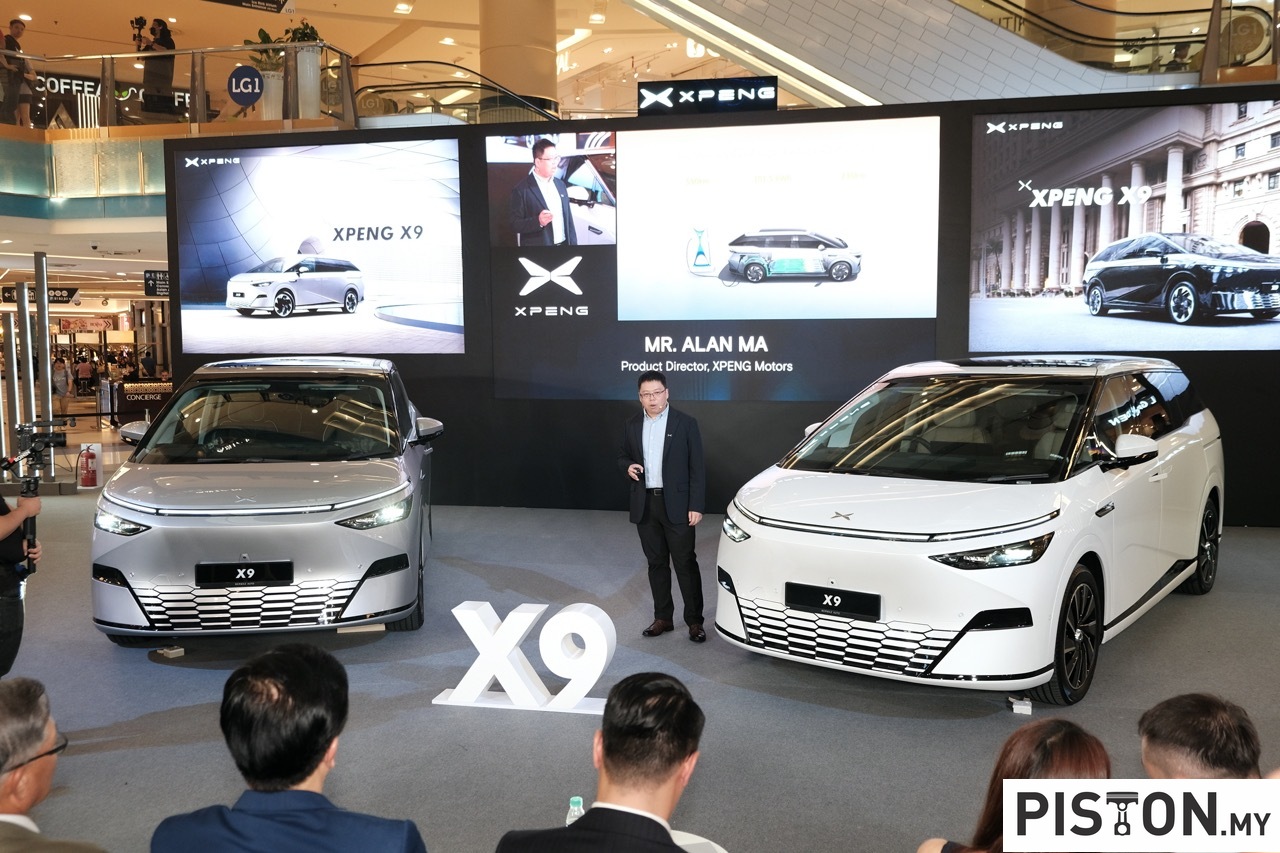Twenty years ago, with the Y2K computer glitch reduced to the punchline of the year, technology in another corner took a big leap as a small sedan appeared in the automotive landscape in America. It was the Toyota Prius, the world’s first production car with a hybrid powerplant consisting of a small internal combustion engine which worked with an electric motor.
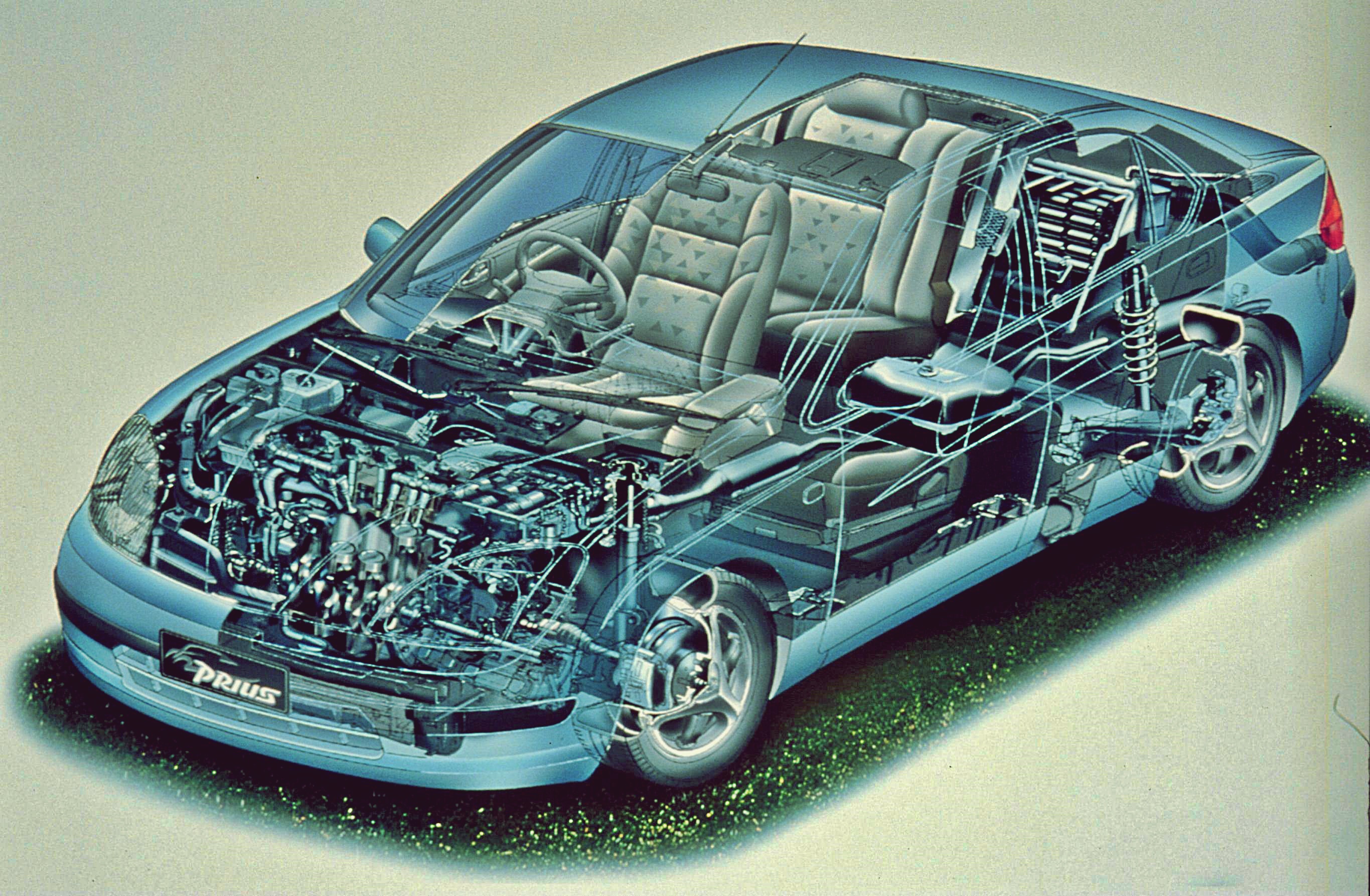
The Prius would profoundly change the trajectory of automotive propulsion evolution and prepare motorists for the transition to electric vehicles. Over the next two decades, Toyota would go on to sell more than 6 million Prius hybrids worldwide, with more than 3.6 million total hybrid models (including Lexus) sold in the USA alone.
And so, on its 20th anniversary in America, Toyota has come out with 2,020 units of a special anniversary version. The cars will be offered in Supersonic Red or Wind Chill Pearl and feature striking black exterior trim and unique features, including a colour-keyed rear spoiler.
There are also black inserts for the 17-inch alloy wheels, black-out headlight components and trim, B-pillars and mirror housings. Also unique to the Prius 2020 Edition, as it is known, are a ‘2020’ insignia key glove/fob and floormats, as well as black shift knob and interior A-pillar trim and smoked air vents.
For the latest Prius, Toyota Safety Sense 2.0 (TSS) is now available, providing the driver with more assistance that can help avoid accidents. The Pre-Collision System is now enhanced with Low-Light Pedestrian Detection while the forward sensors can detect bicyclists.
The foundation of Prius efficiency is the Toyota Hybrid System II (shown above). It operates much in the same fashion as the original hybrid system but is more compact, more powerful, and more fuel-efficient. Today’s system uses a high-efficiency 1.8-litre 4-cylinder Atkinson-cycle petrol engine working with two motor-generators through an electronically controlled planetary-type continuously variable transmission (CVT).
The advanced Power Control Unit is the key to extracting the greatest efficiency from the powertrain. In most situations, the Prius launches on battery power alone and then seamlessly starts the petrol engine and blends its output once underway, turning it off when its power is not needed.
After 20 years, the Prius has reached its fourth generation which sits on the Toyota New Global Architecture-K platform (TNGA-K). It is the most efficient and quietest Prius ever offered and is available as a plug-in hybrid (PHEV) as well as an AWD-e variant with all-wheel drive.
Four generations of hybrid power and still moving forward with technology




